The holidays are here, and boy, don’t we all need it? It’s been a year of struggles for all of us, and I can tell how much people are looking forward to being with their families and to enjoying some comforts as we wait for the fresh start of the new year. And some of you may be celebrating the holidays with a cocktail or two, right? I know our readers love to do things with a Victorian twist, so I have been thinking and reading a lot lately about Victorian cocktails and the difference between how we enjoy our holiday drinks now and how people then did. Not only did I find some fun facts, I’ve been able to gather some great information on creating libations the Victorians would approve of.
There is actually a lot of similarities between the Victorian era of cocktails and ours. In fact, many mixology historians and uber-enthusiasts consider the time of the mid-1800s to Prohibition to have been the “Golden Age” of mixology and the early 2000s on to be the “Platinum Age.” A lot of the lush cocktail bars that you’ll find today use recipes and techniques that expand on what the Victorians used. So, let’s take a look at how the cocktail craze got started in Victorian England and America and how the prim and proper enjoyed them.
The emergence of the cocktail
As a writer, word-lover, and history nerd I could not help but look into the history of the term “cocktail.” And what I found was a lot of complicated, convoluted theories that are beyond the purposes of this post. One has to do with the feathers of roosters possibly being used as garnishes for mixed drinks in Colonial America!
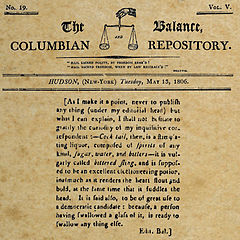
But what is known is that the term began to be used in the very late 1700s, with the first workable definition printed in 1806. This reference, published in the New York paper The Balance and Colombian Repository is part of a piece by editor Harry Croswell and answers the simple question of “what is a cocktail?” His response still holds true today: “Cock-tail is a stimulating liquor, composed of spirits of any kind, sugar, water, and bitters—it is vulgarly called bittered sling, and is supposed to be an excellent electioneering potion, in as much as it renders the heart stout and bold, at the same time that it fuddles the head.”
Although the definition existed, the popular mixed drinks of the time were punches and warm spiced drinks served in large quantities rather than individual drinks prepared with the above method. Industrialization and changing societal norms would bring the rise of the cocktail. With industrialization came more available ingredients along with the availability of ice and with the change of society came more men and women socializing together in public and the emergence of the career bartender.
What a great combination!
Victorian cocktails become an art form
One of the first people to make a name for himself as a hot-shot bartender was Jerry Thomas. He was so responsible for creating the trend that he is considered to be the “Father of American Mixology.” He has a true-blue American story that I love. Born in New York State in 1830, he caught a bit of wanderlust as a young man and went to California to participate in the Gold Rush and got work as a minstrel show manager. When he returned to New York in 1851, he opened his first of many saloons before embarking on a bit of a bar tending tour around the country.
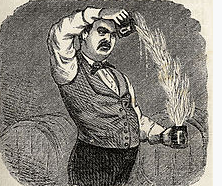
Thomas is a likely hero for today’s mixologists. He seemed to have a flair (or I could say, flare) for performing. His signature drink, the Blue Blazer, involved lighting the whiskey of a drink on fire and then pouring it back and forth between two cocktail glasses, creating a rainbow of fire. This IS possible and it’s really cool! Check out this how-to video by the adorable How To Drink on YouTube: Most Dangerous Drink in the World: The Blue Blazer.
His still-famous book of drink recipes, The Bartender’s Guide, is believed to be the first of such books written in English. It is a delightful collection of delicious-sounding recipes and is a charming insight into the nature and seriousness of Victorian cocktails. I have selected three of my favorites to share here.
White Tiger’s Milk
½ gill apple-jack
½ do. peach brandy
½ teaspoon of aromatic tincture
Sweeten with white sugar to taste
The white of an egg beaten to a stiff foam
1 quart pure milk
Mix all of the above and sprinkle with nutmeg
English Milk Punch
Juice of six lemons
The rind of two
1 pound of sugar
1 pineapple
6 cloves
20 coriander seeds
1 sm stick cinnamon
1 pt brandy
1 do rum
1 gill of arrack
1 cup strong green tea
1 quart boiling water
Add the boiling water last; cork this down to prevent evaporation, and allow these ingredients to steep for at least six hours; then add a quart of hot milk and the juice of two lemons; mix, and filter through a jelly-bag; and when the punch has passed bright, put it away in tight-corked bottle. This punch is intended to be iced for drinking.
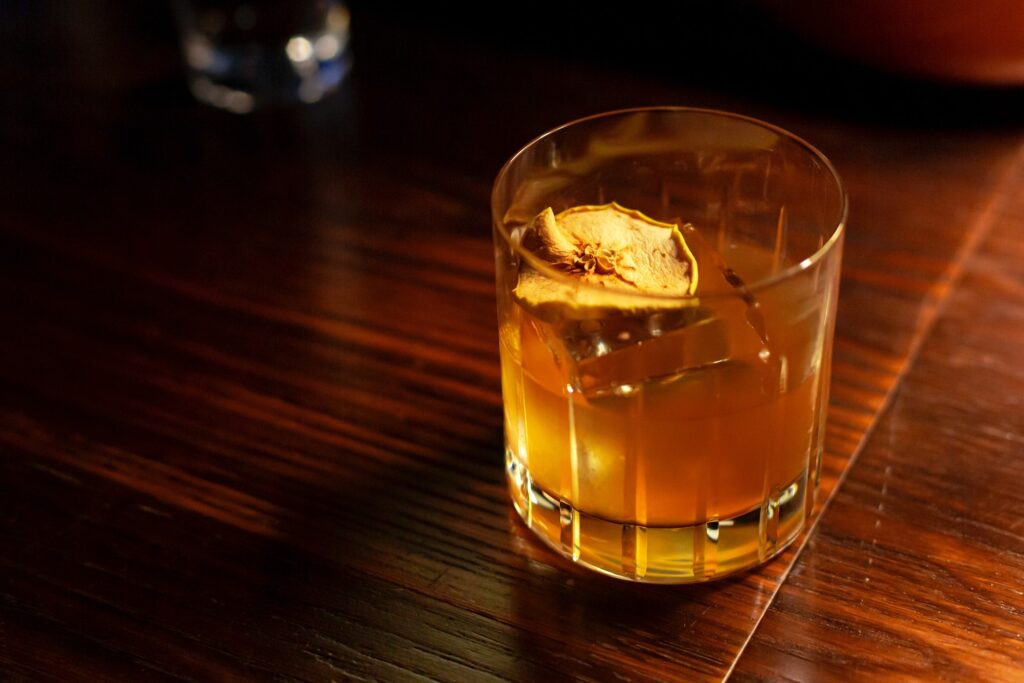
Apple Toddy
1 table-spoon of fine white sugar
1 wine glass of cider brandy
½ of a baked apple
Fill the glass two-third full of boiling water, and grate a little nutmeg on top.
With recipes like this it is easy to see why the Victorian era is considered to be the Golden Age of cocktails! I have also seen The Bartender’s Guide referred to as the “Bible” of mixology.
Four Victorian holiday cocktails
A trend like cocktails doesn’t take long to catch on. Recipes would appear in household manuals from the mid-1800s on, and saloons became a staple of American culture that continues to this day.
Would you like to add a Victorian spin to your holiday celebrations? Here are three recipes I found for holiday drinks from the time that you can use as a starting point.
Egg Nog (from The Bartender’s Guide)
1 tablespoon of fine sugar, dissolved with 1 do cold water, 1 egg
1 wine-glass of Cognac brandy
½ do Santa Cruz rum
½ tumblerful of milk
Fill the tumbler with ½ full with shaved ice, shake the ingredients until they are thoroughly mixed together, and grate a little nutmeg on top. Every well ordered bar has a tin egg-nogg “shaker,” which is a great aid in mixing this beverage.
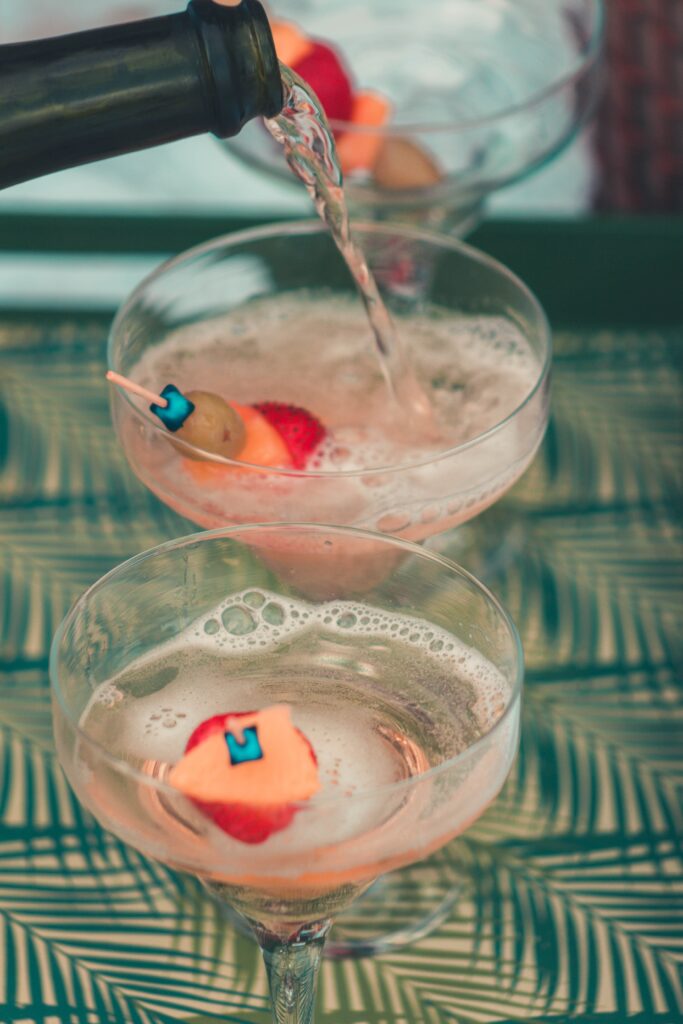
Champagne Cobbler (from Harry Johnson’s New and Improved Bartender’s Manual, 1882)
(Use a large bar glass)
Three-quarters of a table-spoon of sugar;
One-quarter of a glass of water, dissolved well;
1 or 2 pieces of orange;
1 or 2 slices of orange;
1 ½ wine glass of champagne;
Fill the glass with ice;
Stir well with a spoon; ornament the op with grapes, pineapple, berries, etc., and serve with a straw.
Fig Sherbet (from Fancy Drinks and Popular Beverages, 1893)
(Note: this isn’t a “cocktail,” but it is just the most interesting of Victorian drink recipes! I had to share it)
Cut off the stems of two pounds of large dried figs; pierce each with a wooden pick several times; infuse with one and a half quarts of boiling water over night, straight and add a few drops of orange-flower water, some lumps of ice, and the figs, and serve.
(AND of course, what would the chilly holiday season be without some beef tea and sherry?)
Hot Beef Tea (From Fancy Drinks and Popular Beverages)
Break an egg in the bottom of a cup; beat it well;
A drink of sherry
A spoonful of beef-tea
Fill the balance with boiling water; stir well, season to taste, and serve.
Are you planning any fancy or unusual cocktails this holiday season? Or is there a Victorian cocktail you would like to try?
More holiday fun reading
1950s recipes that aren’t as loved today
Please party guests this season with mulled wine

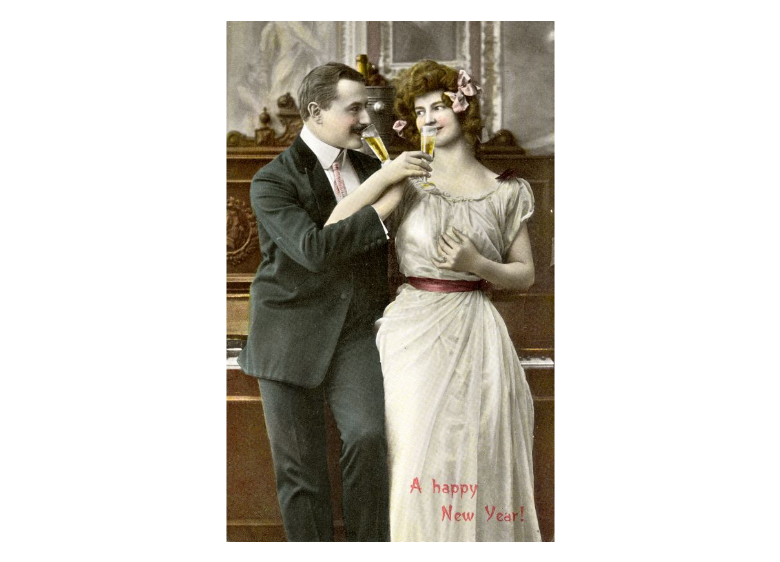




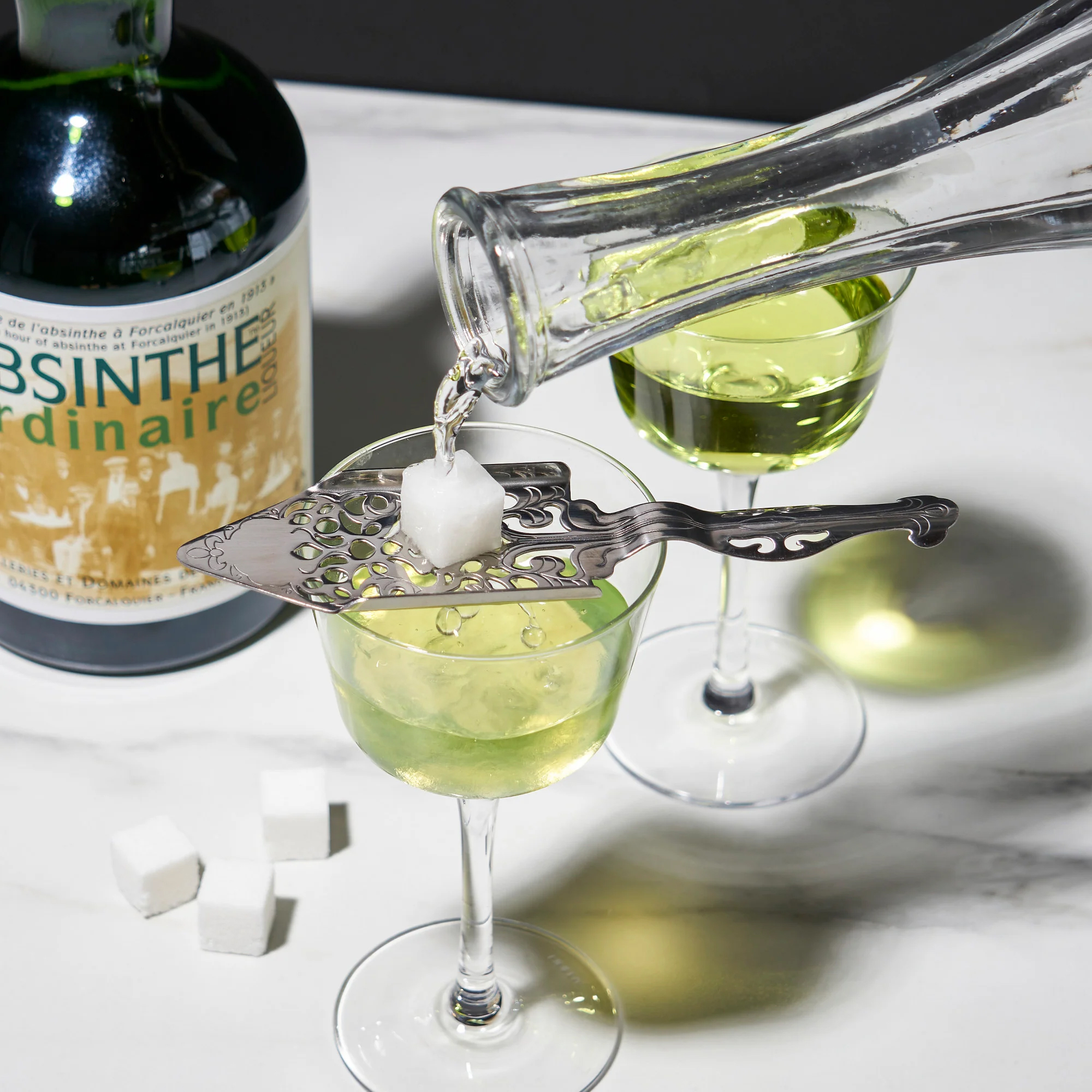







Hi Chass – please email me at janiceclientcare@gmail.com to discuss this! I’d love to help.
Hi,
My name is Chass Wiant from South Carolina. And I could really use your help. I am hoping to open my own Restaurant and Bar with a Southern Victorian theme. A high-end Beach Bar with a Southern Victorian theme. I could really use your help locating f&b recipes, both British,Southern and Victorian.